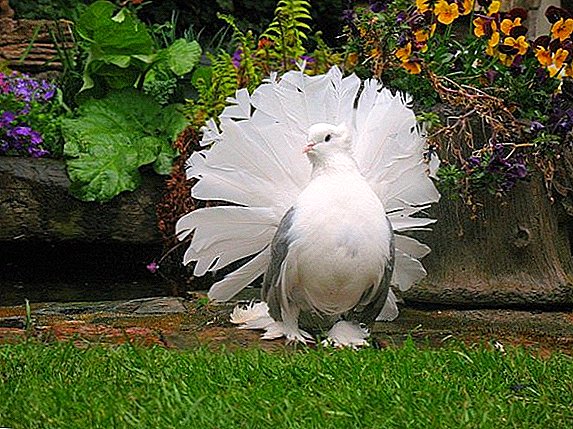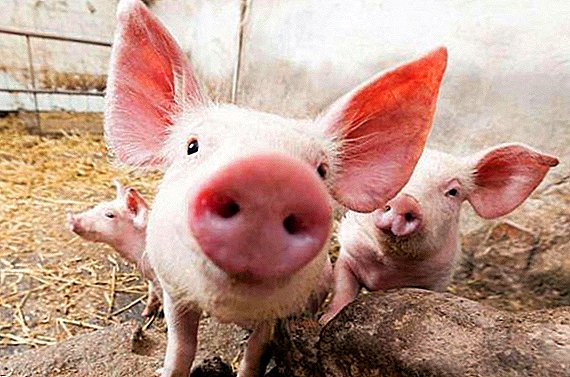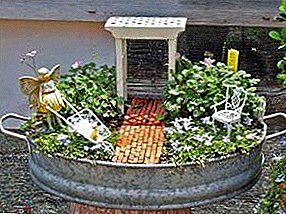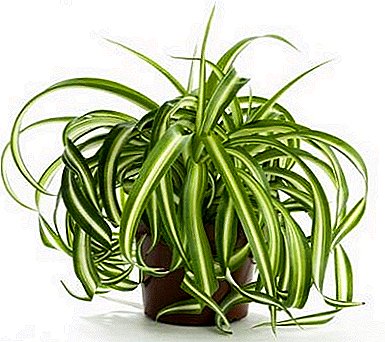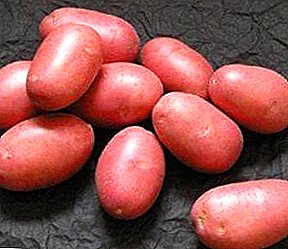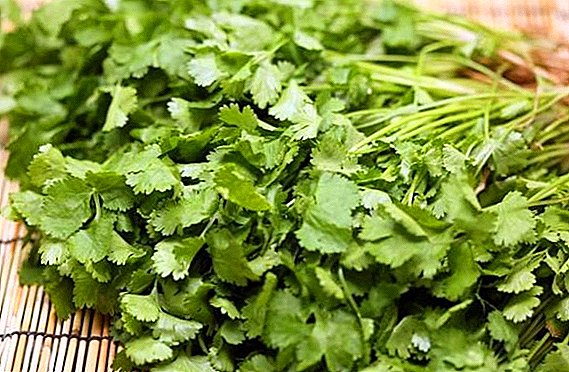 Chicken is the most common bird in our open spaces. She is bred in household and poultry farms. Unfortunately, laying hens are often subject to disease, which negatively affects the ability to lay eggs. Inflammation of the oviduct dramatically reduces the number of eggs and contributes to lower profits from laying hens. In this article we will look at a common disease in chickens - salpingitis.
Chicken is the most common bird in our open spaces. She is bred in household and poultry farms. Unfortunately, laying hens are often subject to disease, which negatively affects the ability to lay eggs. Inflammation of the oviduct dramatically reduces the number of eggs and contributes to lower profits from laying hens. In this article we will look at a common disease in chickens - salpingitis.
What is salpingitis
Salpingitis is an inflammation of the oviduct in chickens. This disease can occur due to many reasons, but pathogenic bacteria are most often to blame. More than others, the young layers that have not yet fully formed the oviduct are subject to the inflammatory process.  The disease is very insidious, since it can be almost asymptomatic, but if the bird is not treated, then a fatal outcome is inevitable.
The disease is very insidious, since it can be almost asymptomatic, but if the bird is not treated, then a fatal outcome is inevitable.
Important! The meat of chickens who have had salpingitis should not be eaten!
Forms of the disease
Salpingitis can occur in two forms: acute and chronic.
Sharp
In the acute form, egg laying decreases sharply. A hen loses his appetite, looks tired, exhausted. Also, there is an increase in body temperature (1-2 °). Later, blue scallop appears. 
Chronic
In the chronic form, the disease proceeds with almost no symptoms. The only thing that can change is a change or absence of egg-laying. Chickens can carry testicles without a shell; when lugging the oviduct, hard lumps are felt, protein secretions appear. In this regard, any "inadequate" behavior of the birds should cause concern. If there is a suspicion of salpingitis, it is better to have a blood test in the laboratory that confirms or refutes the presence of inflammation.
Did you know? Egg chickens carry up to 250 eggs per year, and meat - up to 150 pieces.
Causes of disease
The disease can be caused by many factors.
Read also about how to deal with diseases in chickens.
Some of them, at first glance, are not directly related to inflammatory processes:
- The most common cause of the disease is an unbalanced diet. Lack of vitamins A, E, calcium and protein adversely affects the overall health of the hen. The body's resistance to infections is reduced.
- Often the cause is mechanical damage - injuries from impact, falls, breaks in young chickens, caused by too large eggs. They get stuck in the oviduct, causing micro-tears and inflammation in these places.
- Any infection in the chicken, even if not associated with the oviduct, can cause salpingitis. For example, inflammation of the cloaca is often complicated by salpingitis.
- Another reason may be the prolapse of the oviduct. This is due to a lack of vitamin D. The mucous membrane of the prolapsed oviduct when microbes hit it (and this is inevitable, since it is not protected by anything) instantly becomes inflamed.
 Oviduct prolapse
Oviduct prolapseSymptoms
The presence of inflammation in the hen can be determined by the following criteria:
- Sharply reduced the number of eggs laid.
- At the beginning of the disease, the chicken begins to gain fat mass. This is due to an increase in cholesterol in the body. The belly increases and the hen becomes hard to walk. She begins to drag the stomach on the ground, and later stops moving altogether.
- Further, the metabolism is disturbed, this leads to a decrease in appetite, the excrement worsens, the individual looks exhausted.
- Liver degeneration begins. She does not cope with toxins and the hen dies from toxemia.
Did you know? Hens of Araukan breed carry eggs with blue shells.
Treatment methods
Any treatment, even medication, even home remedies, should begin with the introduction of twenty milligrams of vaseline into the cloaca. This will warn of possible ruptures, and therefore, reduce the risk of further spread of the disease.
Home remedies
The easiest way to help a chicken is to wash the oviduct with saline. For 250 ml of water you will need 4 teaspoons of salt. Inject the solution through an enema, making sure that there is no egg in the oviduct. The tip of the enema should be lubricated with petroleum jelly. In addition to this, during the week the bird should be treated with sulphadimezin (one sixth of a tablet per day) and trichopol (half a tablet).  Medicines should be crushed, diluted with water and poured into the beak. If the oviduct fell out, it should be washed with water and then with a 2% tannin solution. Then you can try to independently set the fallen body in place with a finger, pre-smeared with petroleum jelly.
Medicines should be crushed, diluted with water and poured into the beak. If the oviduct fell out, it should be washed with water and then with a 2% tannin solution. Then you can try to independently set the fallen body in place with a finger, pre-smeared with petroleum jelly.
Important! With incorrect or complete absence of treatment, death from salpingitis occurs within a week..
Medication
In the case of the choice of drug treatment, you need to start a course of intramuscular injections:
- Sinesterol (1% 1% for three days);
- Pituitrin (50 000 IU 2 times a day for four days).
- Baytril (2.5 percent, 0.5 ml once a day);
- Calcium gluconate (1 cube / day);
- Gamavit (1 cube / day).
 Antibacterial treatment is performed throughout the week. After completing the course, it is necessary to support the body of the hen by probiotics (for example, Linex) for two weeks.
Antibacterial treatment is performed throughout the week. After completing the course, it is necessary to support the body of the hen by probiotics (for example, Linex) for two weeks.Prevention
Salpingitis, like any other disease, is easier to prevent than to cure. For prevention, follow the simple rules:
- Provide chickens a full diet. Vitamins A, E, D, calcium (shell rock or chalk) should be included in it in sufficient quantity. Food can be supplemented with additives from pet stores or buy them at a veterinary clinic. Particular attention should be paid to the diet of young layers before the beginning of laying (after the onset of puberty) and before the beginning of spring.
- Control the amount of bird rest by adjusting the lighting in the hen house.
- Keep the room clean. This applies not only gender and perch, as well as feeders and drinkers.
- It is necessary to observe the behavior of birds in order not to miss the onset of the disease, if it appears.
Find out why chickens carry small eggs and do not carry well.
Inflammation of the oviparous system in chickens is a common occurrence. This unpleasant disease can even lead to the death of a bird. However, with timely diagnosis. in a week, the hen can be cured, and after two it will completely restore its “egg-forming” function.


